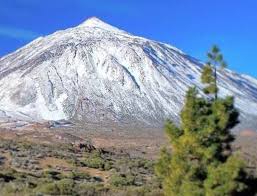Hi, Biodiversos!!!!
This week we are going to work on Forces and revise the rest of the unit...
I am going to try to make a short explanation, trying to keep it simple (but read pages 76 and 77, too):
FORCE: push or pull acting on an object. It makes changes in the object: shape or position (speed or direction).
- Non-contact forces: objects involved don't touch each other. Some examples are gravity (between the Earth and other objects, it makes objects fall in direction to the centre of the Earth) and magnetism (between magnetic minerals and metals).
 |
| Behaviour of magnets. They have two poles: north and south. If two poles are different, they attract each other; if they are the same, they repel each other. |
- Contact forces: objects involved touch each other. Here we have friction (between two surfaces that move at different speeds - one of them can be stopped - and make them slow down and stop) and buoyancy (which makes resistance on objects to sink in a liquid).
 |
| As you can see, friction is the force that makes you stop when you try to slide... |
 |
| On the snow, you slide easily because friction is less. |
 |
| Buoyancy makes us float when we are playing dead in the pool. |
I hope these little explanations helped you understanding the concepts... Now, you can do the activities that you have in the next link.




Comentarios
Publicar un comentario